If you don’t have much time reading the whole article, just scroll down to the bottom to read minimal version.
AWS is one of the most well-known service providers in the industry, and many individuals are interested in capitalizing on a potential opportunity in the sector. As a result, we see a large number of people wishing to become AWS Certified. Once you’ve been certified, the next step is to create a CV that will help you get noticed and, as a result, land a job.
But now, think yourself as a recruiter and you have received hundreds of resumes. Will you read them all? To be honest, the answer must be NO. And That’s why you need to build an outstanding resume.
Writing a strong Resume for AWS certified solutions architect jobs isn’t difficult. All you need is a killer resume to get your foot in the door, and you’ve landed the right page with the best guide to help you get there.
Before we begin, if you’re interested in learning everything there is to know about Amazon Web Services, have a look at this AWS Certification Training Online. Please keep in mind that experience and abilities are critical components of your CV. Check to see whether they’re in line with the job’s criteria. If you’re not sure what abilities you’ll need to become a Cloud Engineer, get professional advice from SPOTO.
The following is a synopsis of our AWS Resume 2021 Guide:
- Include all of your technical abilities, such as Java, MySQL, and Doket, in the technical skills area of your AWS resume.
- Include relevant certifications in the AWS resume, such as AWS Certified Cloud Practitioner, by adding a certification section to the resume.
- Write a resume summary if you don’t have much AWS experience. If you have extensive experience as an AWS specialist, then write a brief introduction.
- Include your AWS projects in your Resume, as well as a GitHub link to all of your projects at the top.
Do not enter the battleground of today’s employment market without your most powerful weapon of AWS knowledge and abilities. SPOTO can assist you in arming yourself.
AWS
| Categories | Exam Code | Pass Exam Dumps |
|---|---|---|
| AWS | DVA-C01/Associate | |
| CLF-C01/Cloud Practitioner | ||
| SAA-C02//Associate | ||
| SOA-C01/Associate | ||
| DOP-C01/Professional | ||
| SAP-C01/Professional | ||
| DAS-C01 | ||
| SCS-C01 | ||
| MLS-C01 | ||
| ANS-C00 |
We will have in-depth talks about the following subjects in this blog:
Table of Contents
What are the AWS Professional’s tasks and responsibilities?
An AWS professional is in charge of maintaining the AWS cloud database, which is used to execute virtual applications. They’re also in charge of the whole infrastructure, which includes the production, testing, and development environments.
The categories you fit into will determine your AWS roles and responsibilities. Your tasks and roles might include the following:
- Plan The AWS Cloud Infrastructure must be implemented and monitored.
- Construct and configure manufacturing systems
- Manage the server-based technology’s updates.
- To create innovative software technologies for clients, collaborate with the architectural teams.
- Constantly testing and deploying updates while advising engineers on areas for improvement
What is an AWS resume, and why do you need one?
A resume is your sole means of introducing yourself to recruiters and establishing yourself as a qualified applicant for the position.
The Applicant Tracking System, or ATS, is now used by the majority of recruiters to sort through the masses of AWS resumes.
As a result, to get beyond the first line of defense, your AWS devops resume must be ATS-optimized.
Ranking well on the ATS, among other things, necessitates the inclusion of relevant keywords, which may be found in job descriptions. This increases the likelihood of your resume being shortlisted.
What is the most important elements of an AWS resume?
- Header
- Personal Information
- Profile Title
- Summary/Objective
- Key Skills
- Professional Experience
- Education
- Certifications
- Awards & Recognition
- Additional Information
Among these, the most important is Professional Experience:
AWS Resume: Professional Experience
In your AWS java resume, the professional experience section is critical since it allows you to show recruiters all of your job experience and showcase your potential as a great candidate.
The following are the most crucial elements to consider while framing the ideal professional experience section:
- Make use of the STAR format.
- Make a list of one-liner points.
- Make use of bucketing and bolding.
STAR format:
The STAR resume format is a well-known AWS resume style that should be used to create a flawless professional experience section.
Situation, Task, Action, and Result (STAR) is an acronym for Situation, Task, Action, and Result.
S: Situation – The circumstances surrounding your contributions.
T: Task – A task that you were given.
A: Action – What steps did you take to complete the task?
R: Result – In terms of an achievement figure, what were the outcomes of this action?
Don’t forget to back up your accomplishments with data and figures.
One-liner Points
Framing concise bullet points instead of writing paragraphs can help elevate the quality of your AWS java resume and make it more engaging for recruiters.
Here are two amazon web services sample resumes through which we will analyze how framing bullet points will enhance your resume:
A comparative example:
A.
“Every day, I assessed seven or more offers and found and suggested the best technical options for migrating the application to AWS. I was also in charge of supplying entire infrastructure solutions to 50+ clients, including server and storage component setup and BOMs. In addition, I led a group of 9 developers in the implementation of advanced procedures, triggers, functions, indexes, and exception handling. In addition, I collaborated with delivery partners’ onsite and offshore development resources to design and test integrated solutions.”
B.
- I evaluated 7+ proposals daily and determined the best technical solutions for moving apps to AWS.
- 50+ clients received comprehensive infrastructure solutions, including setup and BOMs for server and storage components.
- Initiated advanced procedures, triggers, functions, indexes, and exception handling with a team of 9 developers.
- To build and test integrated solutions, I coordinated with both onshore and offshore development personnel from delivery partners.
Although both examples provide the same information, we can see that example B is significantly more understandable than example A.
You have structured your assertions in Example B by structuring bullet points, making them easier to read and understand.
Example A, on the other hand, is more likely to turn a recruiter off owing to its length and bulkiness.
So, if you want recruiters to go through your resume and not dismiss you before even looking at the contents, be sure to follow our recommendations.
Bucketing & Bolding
Bucketing and bolding are two more simple ways to improve your professional experience section.
Let’s have a look at the amazon web services sample resume below to see how to use bucketing and bolding to make your ATS resume stand out:
A.
- I evaluated 7+ proposals daily and determined the best technical solutions for moving apps to AWS.
- 50+ clients received comprehensive infrastructure solutions, including setup and BOMs for server and storage components.
- Initiated advanced procedures, triggers, functions, indexes, and exception handling with a team of 9 developers.
- To build and test integrated solutions, I coordinated with both onshore and offshore development personnel from delivery partners.
B.
AWS Setup & Architecture
- I evaluated 7+ proposals daily and determined the best technical solutions for moving apps to AWS.
- 50+ clients received comprehensive infrastructure solutions, including setup and BOMs for server and storage components.
Stakeholder Management
- Initiated advanced procedures, triggers, functions, indexes, and exception handling with a team of 9 developers.
- To build and test integrated solutions, I coordinated with both onshore and offshore development personnel from delivery partners.
As you can see, bucketing and bolding make it simpler to notice your accomplishments and talents by emphasizing them.
Bucketing groups related AWS resume points under distinct subheadings, making your AWS resume points more precise, and bolding attracts the recruiter’s attention to key performance numbers. As a result, your chances of getting nominated are increased.
Finishing discussing about the most important professional experience part, let’s go through all the resume element from Header.
AWS Resume: Header
The first item that will be looked at is your resume heading. Label it with your name to give it a distinct identity.
The optimal font size for creating your header is between 16 and 20 points.
You should initialize your middle name if you have one, as demonstrated in the example below:
For instance, “Christopher Robert Evans” should be spelled “Christopher R. Evans.”
AWS Resume: Personal Information
The following details are required:
- Functional mobile number
- Professional email ID
- Current location of residence
AWS Resume: Profile Title
Your profile title tells the recruiter your level of seniority and functional industry at a glance and makes it easier for them to judge your candidature.
It is the second-largest text in your resume and should be in the font size range of 14-16.
AWS Resume:Summary/Objective
Summary
If you have at least three years of professional experience, you should prepare a summary for your AWS resume.
Here are a few pointers on how to construct an AWS summary:
- Begin the summary with a strong adjective like detail-oriented, motivated, and so on.
- Use it at the start of the summary if you have more than 3 years of experience. “5+ years of experience as an AWS professional…”, for example.
- Highlight one or two professional successes starting with the following paragraph.
- Within 3-4 sentences, try to summarize your resume.
Objective
If you have fewer than three years of work experience, write an AWS resume fresher goal. To improve the quality of your job application, include your internships and volunteer work alongside your relevant experience.
Align your AWS resume fresher’s objective statement with the company’s mission to make a lasting impact. Keep it simple and avoid using a lot of filler words.
AWS Resume: Key Skills
This is the second-to-last framed portion. In this step, you’ll go over your professional experience area and select your main talents to reproduce.
Remember to emphasize in your key talents section all of the essential keywords mentioned by the recruiter in the job description. However, only include terms in your professional experience area that will be justified.
To effectively highlight your specific technical skills related to AWS, such as experience with EC2, S3, or Lambda, you can follow these steps:
Create A Technical Skills Section
Dedicate a section of your resume specifically for highlighting your AWS-related technical skills. This section should be placed near the top, after your summary/objective statement.
List the specific AWS services
Mention the AWS services you have experience with, such as EC2, S3, Lambda, or any others that are relevant to your target role. This allows recruiters and hiring managers to quickly identify your AWS expertise.
Duration of The Experience
Specify the length of time you have worked with each service. Indicate if you have worked with EC2 for two years or have deployed multiple Lambda functions in production.
Project Descriptions
Describe the projects or tasks you have completed using each AWS service. Highlight the scope, objectives, and any challenges you encountered. Refer if you built an auto-scaling EC2 infrastructure to handle high traffic loads or if you implemented S3 storage solutions for data backup and retrieval.
Achievements and Outcomes
Highlight any specific achievements or outcomes resulting from your use of each AWS service. This could include cost savings, improved performance, increased scalability, or successful project completions. Use measurable metrics whenever possible to quantify your impact. Specify if you optimized EC2 instances resulting in a 30% reduction in infrastructure costs, or if you implemented Lambda functions that reduced processing time by 50%.
Mention Related Skills and Tools
In addition to AWS services, including any related skills or tools that complement your AWS experience. Write if you have experience with infrastructure as code tools like AWS Cloud Formation or automation tools like AWS Lambda with AWS Step Functions.
AWS Resume: Education
This section may be incredibly beneficial, particularly if you are a new employee or a professional with limited expertise.
In your AWS CV, include the following education-related details:
- Your school/name university’s
- Names of the classes you’ve taken
- Your school’s or university’s location
- Enrollment and graduation dates for each course (in month and year format)
AWS Resume: Certifications
To effectively showcase your experience with AWS certifications and other relevant credentials, such as AWS Certified Solutions Architect, AWS Certified Developer, or AWS Certified DevOps Engineer, you must approach the following mentioned details:
Create A Certifications and Training Section
Dedicate a section of your resume specifically for highlighting your AWS certifications and other relevant credentials. Place this section after your Technical Skills section or within your Education section.
List Your Certifications
Clearly mention the AWS certifications you have earned, such as AWS Certified Solutions Architect – Associate, AWS Certified Developer – Associate, AWS Certified DevOps Engineer – Professional, or any others you possess. Include the specific certification names, levels, and dates of achievement.
Include A Brief Description
Provide a concise description of each certification to give context to the reader.
Highlight Relevant Skills and Knowledge
Mention that the AWS Certified Developer certification demonstrates your proficiency in developing and maintaining applications on AWS using programming languages like Python or Java.
Incorporating your credentials into your AWS CV can help you land a job. It demonstrates your commitment to your career and genuineness.
In the certifications part of your AWS CV, include the following information:
- Name of the certification you have pursued
- Name of the certification issuing body
- Location of the certifying body
- Enrollment and completion date in the month and year format
How many Certifications does AWS offer?
AWS Resume: Awards & Recognition
In this part, all you need is to present as much as possible the “high-quality” awards or recognition you have received.
Key Takeaways:
- In all parts of your AWS resume, write the dates in the month and year format.
- The professional experience portion of your cloud engineer resume should just contain one-liner bullet points.
- When it comes to writing your cloud engineer resume, the reverse-chronological structure has been tried and true.
- To begin each portion of your work experience, always utilize action verbs. For previous profiles and projects, use action verbs in the past tense, and for current profiles and projects, use action verbs in the present continuous tense.
- To make your AWS solution architect resume more effective, use bucketing and bolding when framing the one-liner bullet points.
How to Quantify Achievements Related To AWS Projects
Identify Measurable Metrics
Determine the key performance indicators (KPIs) or metrics that are relevant to the AWS project you worked on. Consider metrics related to cost savings, efficiency improvements, scalability enhancements, performance optimizations, or any other specific goals of the project.
Gather Data
Collect data or information that supports your achievements. This can include financial data, operational reports, performance benchmarks, user feedback, or any other relevant data sources. Ensure the data is accurate and reliable.
Calculate Percentages or Actual Numbers
Convert your achievements into quantifiable figures. Depending on the metric, you can express the results as percentages, monetary savings, time reductions, or any other meaningful unit of measurement.
Cost Savings
Calculate the percentage or absolute value of cost savings achieved through AWS optimization or resource management. For instance, you can refer that you reduced monthly infrastructure costs by 20% or saved $50,000 annually by leveraging AWS cost optimization practices.
Efficiency Improvements
Quantify the time or resource efficiencies gained through AWS solutions. You should indicate that you reduced application deployment time by 50% by leveraging AWS CloudFormation or improved data processing speed by 30% using AWS Lambda.
Increased Scalability
Highlight the scalability improvements achieved through AWS. You can specify the percentage increase in system capacity or the ability to handle higher workloads.
Showcase Before and After Comparisons
Whenever applicable, present a comparison between the situation before and after your involvement. This can be done by showing the baseline or historical data and the improvements achieved through your AWS project.
Focus on the most significant achievements:
Select the most notable achievements to include on your resume. Prioritize those that align closely with the requirements of the job you’re applying for.
Incorporating Industry-Specific Keywords and Phrases Related To AWS
Analyze The Job Description
Carefully review the job description for the position you’re applying to. Identify the specific industry-related keywords and phrases that are mentioned. Pay attention to the skills, responsibilities, and qualifications that are emphasized.
Tailor Your Resume Content
Incorporate the identified industry-specific keywords and phrases throughout your resume in the relevant sections. Here are some areas where you can strategically include them:
Technical Skills Section
List the industry-specific keywords and phrases related to AWS services, tools, and technologies in your Technical Skills section. Include “cloud migration,” “network architecture design,” “security and compliance best practices,” and any other relevant terms.
Professional Experience Section
Incorporate industry-specific keywords and phrases when describing your work experience. Highlight projects or responsibilities that align with the desired skills mentioned in the job description.
Utilize Different Synonyms and Relevant Terms
Expand your vocabulary and incorporate synonyms or related terms for the industry-specific keywords and phrases. This helps to demonstrate a comprehensive understanding of the domain. You can use terms like “cloud transition,” “network design,” or “governance and regulatory compliance” as alternatives.
Formatting Resume
- Use a professional and clean design
- Maintain consistency
- Utilize headings and subheadings
- Use bullet points
- Prioritize information
- Use white space effectively
- Use a consistent font and size
- Incorporate visual elements sparingly
- Proofread and check for consistency
- Optimize for online viewing
We hope that now that you have all of this knowledge, you can produce the best AWS resumes possible. Want more IT study materials? Join our SPOTO IT Study Group to communicate with study mate and get more IT news. Or you can visit our web to Download Ebooks that might be of use to you.

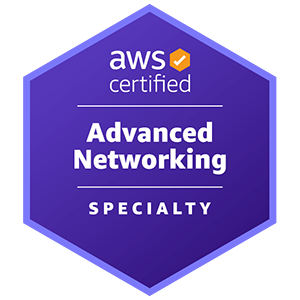
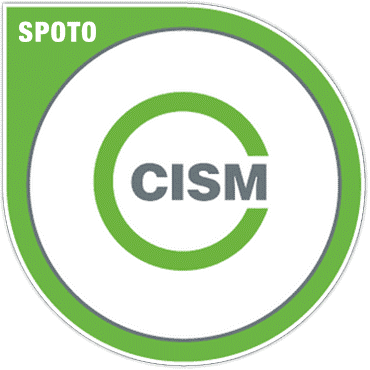


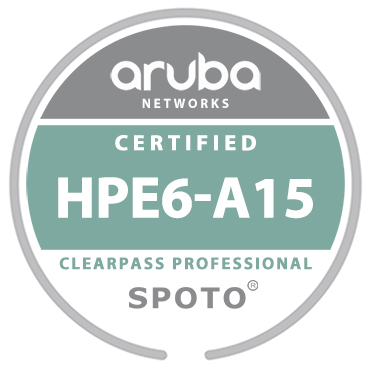
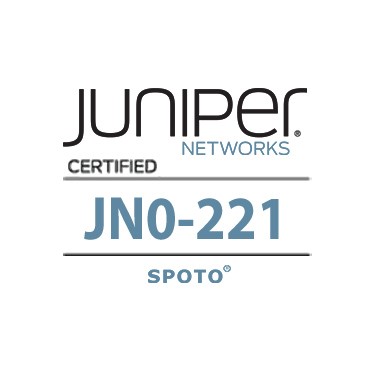
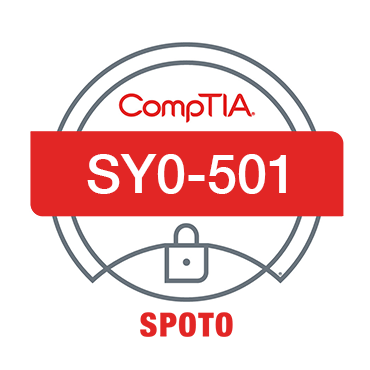
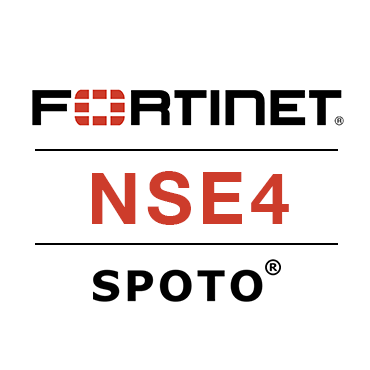
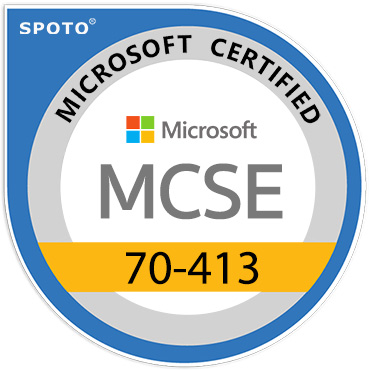
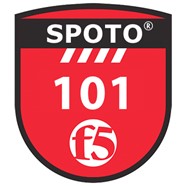
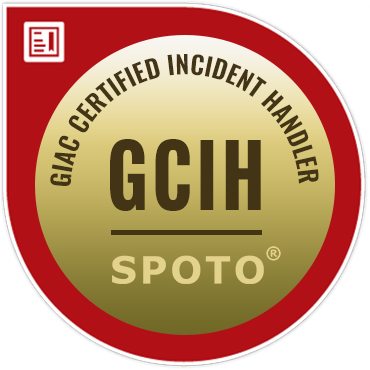

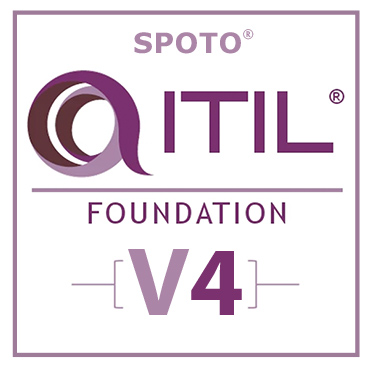
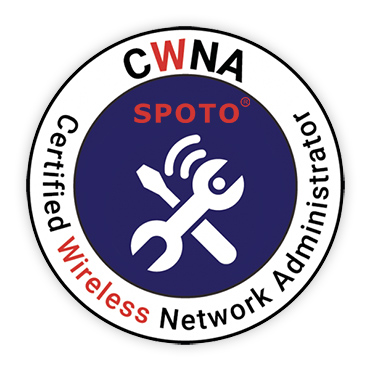
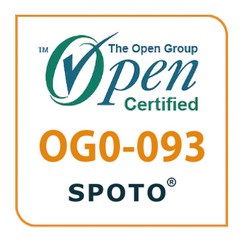


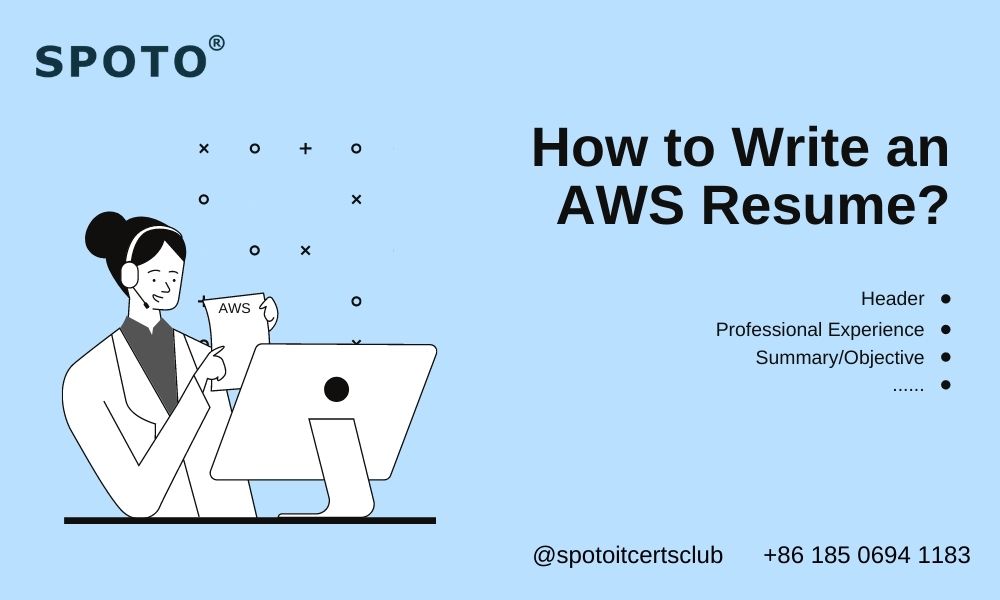

Comments